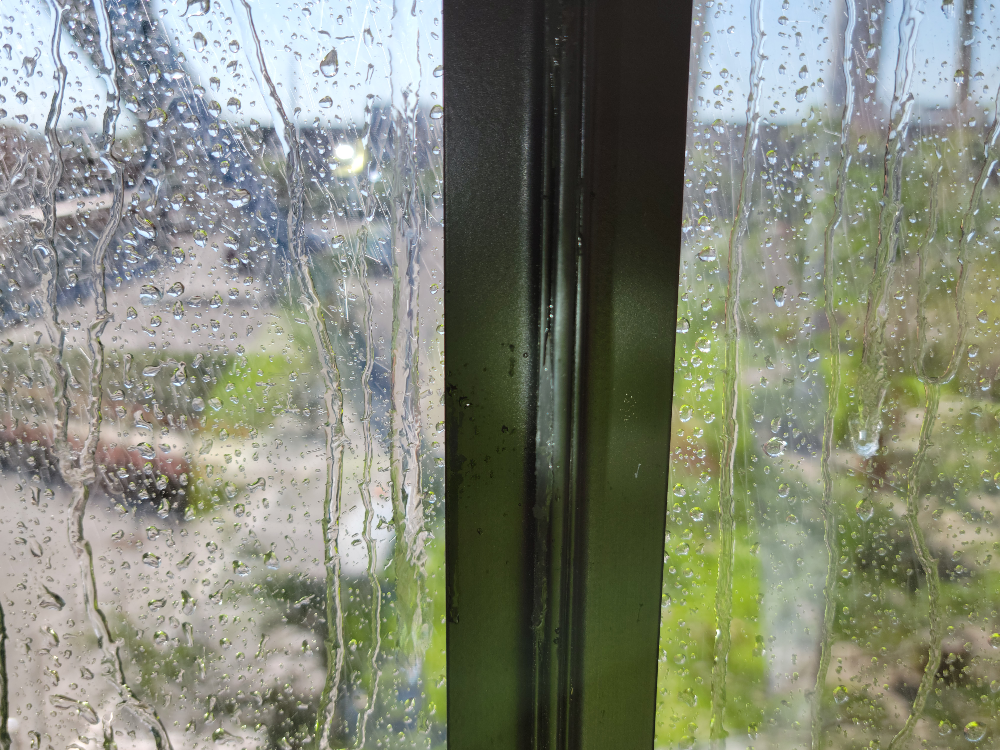
Free Consultation
Wanna chat? Tap to call or text
The quest for energy efficiency has propelled fenestration testing to the forefront of design and construction practices. For those committed to crafting buildings that not only stand as testaments to innovative design but also embody the principles of environmental stewardship, understanding the multifaceted benefits of fenestration testing is indispensable. 
Here are ten ways fenestration testing elevates the thermal performance of windows while maintaining the synergy between aesthetic appeal and energy conservation.
Fenestration testing measures the thermal performance of windows, including their U-factor (rate of heat loss) and solar heat gain coefficient (SHGC). By identifying products with low U-factors and appropriate SHGC values, buildings can maintain more stable indoor temperatures, reducing the need for heating and cooling and thus saving energy.
This testing determines how much air passes through a window assembly, which can significantly impact energy efficiency. Windows with lower air leakage rates reduce the amount of outside air that can infiltrate a building, minimizing the load on heating and cooling systems. This not only saves energy but also prolongs the life of HVAC equipment by reducing its operational demands.
Air Leakage Testing helps with sound insulation. While primarily aimed at improving comfort, sound insulation testing of windows can indicate the quality of the window seal. A well-sealed window will offer good sound insulation and is also more energy-efficient.
Testing for water penetration resistance ensures the durability of fenestration products. Preventing water ingress helps maintain the insulation's effectiveness and the overall thermal performance of the building envelope.

This type of testing evaluates the ability of a window to resist the formation of condensation on its interior surfaces. Windows with higher condensation resistance maintain clearer visibility and prevent moisture-related issues that can affect the building's thermal envelope and indoor air quality.
Fenestration testing also assesses the durability of windows and their components under various conditions. Durable windows maintain their energy performance over time, ensuring long-term energy savings and reducing the need for replacements.
Fenestration testing helps ensure that products meet or exceed local and national energy codes and standards, such as those set by the Energy Star program, the National Fenestration Rating Council (NFRC), and the American Society of Heating, Refrigerating and Air-Conditioning Engineers (ASHRAE). Compliance with these standards guarantees a minimum level of energy performance.
By understanding the specific performance characteristics of different fenestration products through testing, architects, builders, and homeowners can make informed decisions about which windows are best suited for their specific climate zone and building orientation, further optimizing energy efficiency.
This also impacts building design. Building orientation, window-to-wall ratios, and the use of shading devices ensure that windows are part of a comprehensive strategy to optimize energy performance across the entire building envelope. 
Daylight Optimization: Fenestration testing can assess the daylighting capabilities of windows, which involves the use of natural light to illuminate indoor spaces. By maximizing natural light use the need for artificial lighting is reduced, leading to significant energy savings, especially in commercial and institutional buildings.
Testing can evaluate the effectiveness of spectrally selective coatings on glass that allow for the passage of natural light while reflecting certain wavelengths of heat energy. This technology helps keep buildings cooler in the summer and warmer in the winter by selectively controlling the types of solar radiation that enter.
Testing can verify the presence and effectiveness of inert gas fillings between window panes, such as argon or krypton, which provide better insulation than air and reduce thermal exchange between the interior and exterior of a building.
Some testing protocols assess the energy impact of windows over their entire lifecycle, from manufacturing through disposal. This analysis can help in selecting windows that not only perform well but also have a lower overall environmental impact due to factors like recyclability and embodied energy.
Fenestration testing is critical for identifying and selecting the most energy-efficient window products. It ensures that buildings are equipped with windows that offer optimal thermal performance, air tightness, and durability, all of which contribute to reducing energy consumption, lowering utility bills, and promoting environmental sustainability.
For window fenestration testing, your building deserves our expertise. AAMA and ASTM testing is what we excel at and having the right team makes all the difference. Get in touch today to discuss your testing needs.